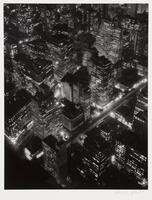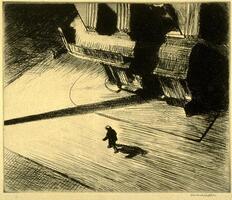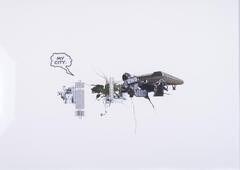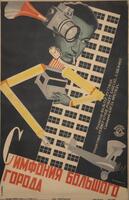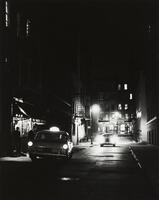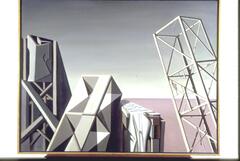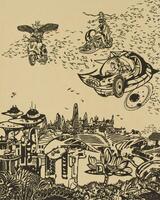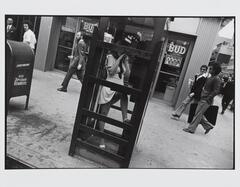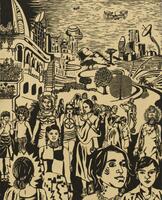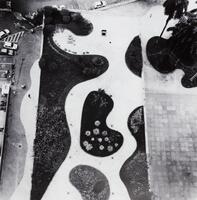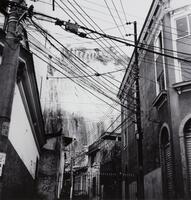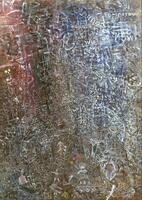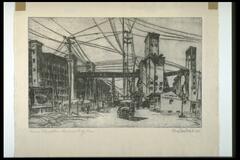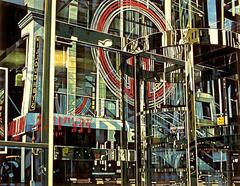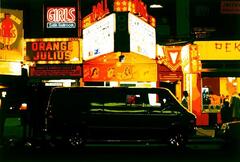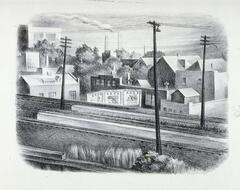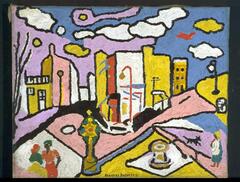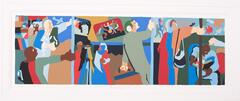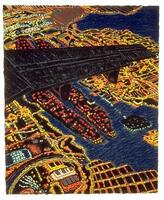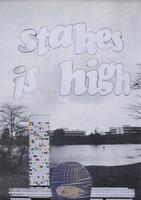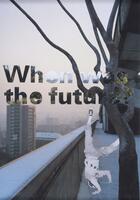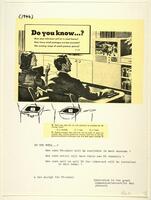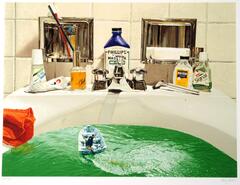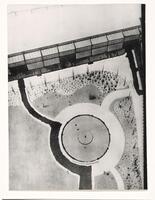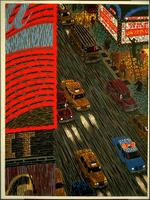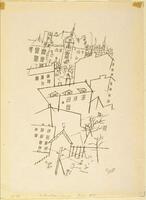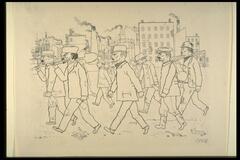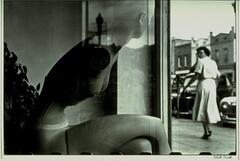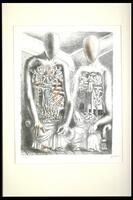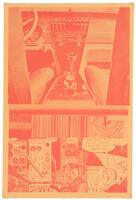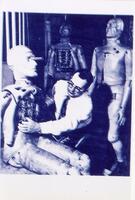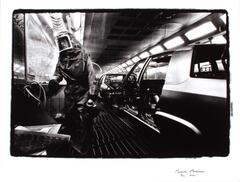38 Items in this Learning Collection
Collection Object
Collection Object
Collection Object
Collection Object
Collection Object
Collection Object
Collection Object
Collection Object
Collection Object
Collection Object
Collection Object
Collection Object
Collection Object
Collection Object
Collection Object
Collection Object
Collection Object
Collection Object
Collection Object
Collection Object
Collection Object
Collection Object
Collection Object
Collection Object
Collection Object
Collection Object
Collection Object
Collection Object
Collection Object
Collection Object
Collection Object
Collection Object
Collection Object
Collection Object
Collection Object
Copyright
All Rights Reserved
()
The Four Times of Day: Noon
Accession Number
1971/2.57
Title
The Four Times of Day: Noon
Artist(s)
William Hogarth
Object Creation Date
1738
Medium & Support
etching and engraving on laid paper
Dimensions
18 3/16 in. x 15 15/16 in. ( 46.2 cm x 40.5 cm )
Credit Line
Museum Purchase
Label copy
*Gallery Rotation Winter 2011 (January 2011)
[Hogarth intro label]
Hogarth created several series of images, such as The Rake’s Progress and Marriage à la Mode, satirizing the mores and values of eighteenth-century England. In The Four Times of Day—a series of prints made after his paintings and intended for a wider audience—Hogarth employed humor both to comment on contemporary society and to breathe new life into the genre of images that marks the progression of time by depicting the seasons, the stages of life, or the times of day.
Turning a long tradition on its head, Hogarth’s portrayals of the times of day (morning, noon, evening, and night) are situated in specific locations in contemporary London rather than an in idealized classical past. Each of the sites he chose was considered disreputable in its day and the congested settings act as foils and contexts for the figures. In this way the pastoral, eternal, and ideal images of Greek and Roman gods and goddesses so often encountered in traditional paintings in this genre become urban, specific, and comic. In addition to creating a specifically English kind of imagery, Hogarth disrupts the tradition linking the times of day with particular seasons, i.e. morning with spring, midday with summer, evening with fall, and night with winter. Instead his cycle begins with winter, which he links to morning, and ends with autumn, which he links to night.
William Hogarth
England, 1697–1764
The Four Times of Day: Noon
1738
Etching and engraving
Museum purchase, 1971/2.57
Noon, set on Hog Road (now part of Charing Cross Road) in springtime, shows two groups of people divided by a gutter running down the center of the street. This part of the area known as Soho was famous for its prostitutes, music halls, and theatres, and for its many French immigrants. The finely attired, almost foppish, figures to the left are often described as French refugees; they contrast with the lusty pair of Londoners with squalling children at their feet. The spire of St. Giles in the distance is cut off in the middle ground by two taverns, identifiable by the flagons hanging under the roofs.
William Hogarth
England, 1697–1764
The Four Times of Day: Noon
1738
Etching and engraving
Museum purchase, 1971/2.57
Noon, set on Hog Road (now part of Charing Cross Road) in springtime, shows two groups of people divided by a gutter running down the center of the street. This part of the area known as Soho was famous for its prostitutes, music halls, and theatres, and for its many French immigrants. The finely attired, almost foppish, figures to the left are often described as French refugees; they contrast with the lusty pair of Londoners with squalling children at their feet. The spire of St. Giles in the distance is cut off in the middle ground by two taverns, identifiable by the flagons hanging under the roofs.
Subject matter
Hogarth created several print series that satirize mores and values of 18th century England. In his suite, "The Four Times of Day," executed after a series of paintings, he employed humor, not just to comment on London society but to breathe new life into images marking the times of day. Hogarth translated portrayals of the times of the day from their pastoral origins to that of contemporary London. The pastoral, eternal and ideal here become urban, specific and comic. Each of the London sites shown in this series was considered disreputable in its day and the congested setting acts as a foil and context for the figures.
"Noon", set on Hog Road (now part of Charing Cross Road) in springtime, shows two groups of people divided by a gutter than runs down the center of the road. The group of finely attired, almost foppish, figures at the right is often described as French refugees as this part of Soho included a sizeable French population. In contrast is the lusty pair of Londoners at the left. The spire of St. Gilles in the distance is cut off by two taverns in the middle ground, identified by the flagons hanging under the roofs.
Physical Description
This print is vertically oriented with gray markings. A cream border surrounds it and it has “NOON” written below it. The lower half of the print has a busy street scene with lots of adults and children in 18th century garb. The upper half shows the top of the buildings that line the street, including a shop, a brick building, and a church steeple in the distance.
Primary Object Classification
Print
Primary Object Type
intaglio print
Additional Object Classification(s)
Print
Collection Area
Western
Rights
If you are interested in using an image for a publication, please visit http://umma.umich.edu/request-image for more information and to fill out the online Image Rights and Reproductions Request Form.
Keywords
churches (buildings)
cities
people (agents)
streets
taverns
windows
1971/2.57
Title
The Four Times of Day: Noon
Artist(s)
William Hogarth
Object Creation Date
1738
Medium & Support
etching and engraving on laid paper
Dimensions
18 3/16 in. x 15 15/16 in. ( 46.2 cm x 40.5 cm )
Credit Line
Museum Purchase
Label copy
*Gallery Rotation Winter 2011 (January 2011)
[Hogarth intro label]
Hogarth created several series of images, such as The Rake’s Progress and Marriage à la Mode, satirizing the mores and values of eighteenth-century England. In The Four Times of Day—a series of prints made after his paintings and intended for a wider audience—Hogarth employed humor both to comment on contemporary society and to breathe new life into the genre of images that marks the progression of time by depicting the seasons, the stages of life, or the times of day.
Turning a long tradition on its head, Hogarth’s portrayals of the times of day (morning, noon, evening, and night) are situated in specific locations in contemporary London rather than an in idealized classical past. Each of the sites he chose was considered disreputable in its day and the congested settings act as foils and contexts for the figures. In this way the pastoral, eternal, and ideal images of Greek and Roman gods and goddesses so often encountered in traditional paintings in this genre become urban, specific, and comic. In addition to creating a specifically English kind of imagery, Hogarth disrupts the tradition linking the times of day with particular seasons, i.e. morning with spring, midday with summer, evening with fall, and night with winter. Instead his cycle begins with winter, which he links to morning, and ends with autumn, which he links to night.
William Hogarth
England, 1697–1764
The Four Times of Day: Noon
1738
Etching and engraving
Museum purchase, 1971/2.57
Noon, set on Hog Road (now part of Charing Cross Road) in springtime, shows two groups of people divided by a gutter running down the center of the street. This part of the area known as Soho was famous for its prostitutes, music halls, and theatres, and for its many French immigrants. The finely attired, almost foppish, figures to the left are often described as French refugees; they contrast with the lusty pair of Londoners with squalling children at their feet. The spire of St. Giles in the distance is cut off in the middle ground by two taverns, identifiable by the flagons hanging under the roofs.
William Hogarth
England, 1697–1764
The Four Times of Day: Noon
1738
Etching and engraving
Museum purchase, 1971/2.57
Noon, set on Hog Road (now part of Charing Cross Road) in springtime, shows two groups of people divided by a gutter running down the center of the street. This part of the area known as Soho was famous for its prostitutes, music halls, and theatres, and for its many French immigrants. The finely attired, almost foppish, figures to the left are often described as French refugees; they contrast with the lusty pair of Londoners with squalling children at their feet. The spire of St. Giles in the distance is cut off in the middle ground by two taverns, identifiable by the flagons hanging under the roofs.
Subject matter
Hogarth created several print series that satirize mores and values of 18th century England. In his suite, "The Four Times of Day," executed after a series of paintings, he employed humor, not just to comment on London society but to breathe new life into images marking the times of day. Hogarth translated portrayals of the times of the day from their pastoral origins to that of contemporary London. The pastoral, eternal and ideal here become urban, specific and comic. Each of the London sites shown in this series was considered disreputable in its day and the congested setting acts as a foil and context for the figures.
"Noon", set on Hog Road (now part of Charing Cross Road) in springtime, shows two groups of people divided by a gutter than runs down the center of the road. The group of finely attired, almost foppish, figures at the right is often described as French refugees as this part of Soho included a sizeable French population. In contrast is the lusty pair of Londoners at the left. The spire of St. Gilles in the distance is cut off by two taverns in the middle ground, identified by the flagons hanging under the roofs.
Physical Description
This print is vertically oriented with gray markings. A cream border surrounds it and it has “NOON” written below it. The lower half of the print has a busy street scene with lots of adults and children in 18th century garb. The upper half shows the top of the buildings that line the street, including a shop, a brick building, and a church steeple in the distance.
Primary Object Classification
Primary Object Type
intaglio print
Additional Object Classification(s)
Collection Area
Western
Rights
If you are interested in using an image for a publication, please visit http://umma.umich.edu/request-image for more information and to fill out the online Image Rights and Reproductions Request Form.
Keywords
churches (buildings)
cities
people (agents)
streets
taverns
windows
